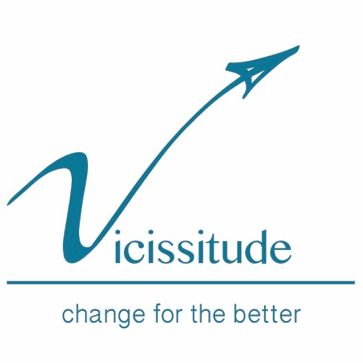Flexible Teams & COVID
This break in ‘normal’ ways of working, creates an opening for a ‘new normal’ to evolve. As Leonard Cohen sang, “There’s a crack in everything, that’s how the light gets in”. Perhaps COVID-19 and the subsequent work from home mandate, is the crack that lets in the light of reinvention on how we work in teams.
As promised, we’re shifting our focus this week to examine post-COVID team operations and how we can work effectively as teams in a way that brings flexible work practice into real focus. Sure, most of us have worked in organisations with flexible work policies. Some of us were even free to nominate where, when and how we would work under these policies. However, the reality in many workplaces was that doing so would have been a career limiting move.
Although the government in recent weeks has started us on our journey back to ‘normal’, most of us are still weeks (or months) away from working in teams in a way resembling the way we were before COVID-19. In the transition back, and beyond this, flexibility is going to become part of our reality – and as with everything, this is an opportunity for us to grow! It may be that our teams will need to work in shifts, to minimise the numbers of people in the workspace, in lifts and commuting to and from work. We may also be needing to manage risk by spreading the staff critical to functioning across different shifts. This may be required to prevent illness (should it come) from spreading across the whole function and curtailing operations.
In the past, flexible work practice has generally been organised on a fairly random basis – it is offered to some, granted when advocated for, but otherwise largely ignored. Employees have been, either covertly or overtly, expected to conform to the prevailing work mode. In my experience, very few were asked their preferences.
What we propose is that instead of flexibility being the exception, it should be the rule. Instead of adopting a one-size-fits-all model of work, let’s encourage every team member to work in a way that best honours their preferences for productivity. Of course, this will require each and every one of us to understand how we best work. What have you noticed about your preferred working style over the last 6 weeks?
Imagine if a leader’s job stopped being to help each person to fit the shape of the workplace and instead was to understand and orchestrate how the workplace could support the different ways of working for each one of us. It is a completely different way of operating and requires more complexity to manage, but imagine the engagement and productivity it could unleash!
At the end of the day, is it really any different from a teacher having to find the motivational drivers for every single student in their class (of 30) so that they can learn? Or a medico needing to understand each patient’s unique biology to chart a path to health? We live in a world of complexity, where everyone is different, so it’s not that surprising that we need complex models of management to support that!
We propose that the following model may be useful for teams as they work to establish their ‘new normal’. Each of these elements deserve attention and effort to set flexible work practice up for success. We suggest discussing, negotiating, documenting and sharing the outcomes of conversations around these topics, which are listed below, to keep everyone aligned and collaborating effectively.
Finding ways to do this sooner rather than later is imperative for teams to build trust, psychological safety, and perform at their best. Don’t wait for things to settle down to do this because we’re a long way from ‘settled’, if that is ever to return. Don’t hanker for what might be; instead work with what is.
Fundamental to the concept of flexibility is the idea that everyone is different, and subsequently has differing needs. As such, we can’t provide you with a one-size-fits-all solution for navigating the waters ahead of us. What we can do is help you to start thinking, start planning, and start a conversation within your teams about how you see the future of your work. By having these conversations with your team today, you’ll be on your way to formulating your team’s unique equation for success within a flexible model of work.
Written by Madeleine Crawford and Susan Crawford



